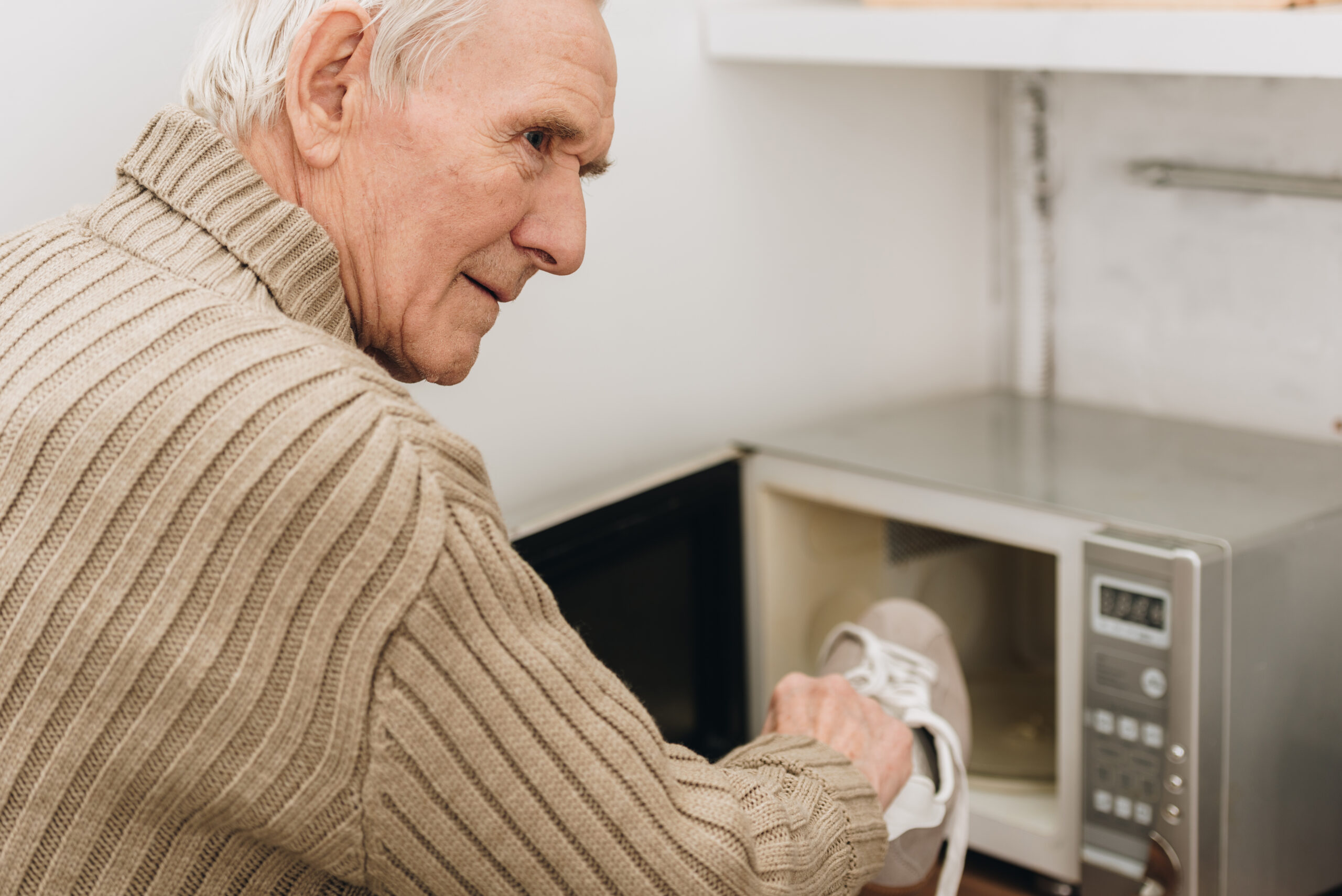How to Incorporate Meditation and Breathing Exercises
Incorporating meditation and breathing exercises into your daily routine can be a powerful way to enhance your mental and physical well-being. These practices help you cultivate a sense of calmness and clarity, allowing you to navigate life’s challenges with greater ease. Here’s how you can start:
First, find a quiet and comfortable place to sit. It could be on a cushion on the floor, a chair, or even on your bed. The key is to feel relaxed and supported. Close your eyes and take a few deep breaths, feeling the air fill your lungs and then release slowly. This simple act of focusing on your breath can help quiet your mind and bring you into the present moment.
One of the most effective ways to meditate is by using your breath as a focal point. Instead of trying to control your breathing, simply observe it. Notice where you feel the breath in your body, whether it’s in your chest, belly, or throat. Allow your breath to be natural, without forcing it to be deeper or shallower. This practice helps you develop awareness and calmness, which are essential qualities for meditation.
Another approach is to incorporate physical sensations into your meditation. Pay attention to the feeling of your feet touching the ground, the sensation of the air on your skin, or the sounds around you. These sensory experiences can help anchor you in the present and make your meditation more engaging.
For those interested in more structured breathing exercises, pranayama techniques offer a variety of options. One simple technique is basic breath awareness, where you focus on your natural breathing pattern. Another is the cooling breath, which involves breathing in through the mouth with the tongue curled, creating a hissing sound. This can help calm the nervous system and reduce stress. Lastly, the long exhale technique involves extending your exhalation longer than your inhalation, which can help slow down your heart rate and promote relaxation.
Consistency is key when it comes to meditation and breathing exercises. Try to set aside a few minutes each day to practice. It might be challenging at first, but with time, you’ll find it becomes easier and more enjoyable. Tracking your progress, whether through a journal or a meditation app, can also help motivate you to continue.
Ultimately, the goal of meditation and breathing exercises isn’t to achieve a specific state but to cultivate awareness and calmness in your daily life. By incorporating these practices into your routine, you can experience greater clarity, reduced stress, and a deeper connection to yourself and the world around you.





